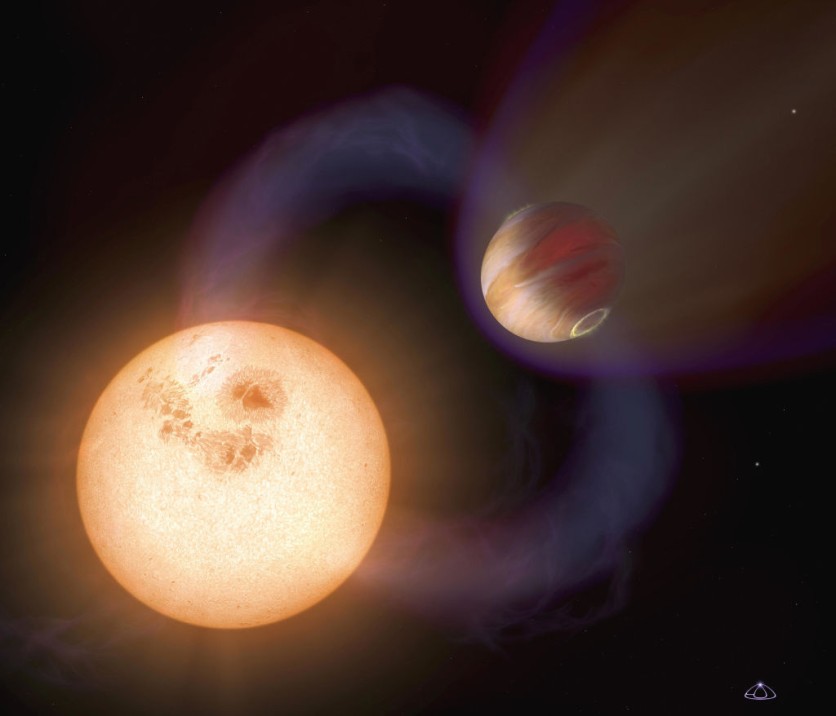Astronomers have discovered a dense, massive exoplanet named TOI-4603b orbiting around a star located 730 light-years away. This planet is similar in size to Jupiter, but its density is almost three times that of Earth and just over nine times that of Jupiter, reported first by ScienceAlert.

12.98 Times The Mass of Jupiter
Due to its short 7.25-day orbit, the planet belongs to a special class of planets whose genesis and evolution are currently poorly understood. Data from NASA's TESS exoplanet-hunting space telescope, which saw a world with a radius 1.042 times that of Jupiter and indicated that it will orbit its star in less than a week, led to the finding.
Using radial velocity measurements, astronomers were able to calculate the planet's mass, which is 12.89 times that of Jupiter. The astronomers calculated the planet's density to be 14.1 grams per cubic centimeter by adding its mass and radius.
This is notable, given that the upper mass limit for a planet is thought to be around 10 to 13 Jupiters.
The planet is not too far from the line separating stars like brown dwarfs from planets, which never managed to start nuclear fusion.
Because of this, TOI-4603b is significant for our knowledge of the formation of brown dwarfs and massive planets, as well as their interactions with their host stars.
TOI-4603b has a brown dwarf companion orbiting at 1.8 astronomical units, which may have gravitationally interacted with the planet to cause it to move closer to the star from a more distant position. The orbital eccentricity of TOI-4603b indicates that the exoplanet is still settling into its orbit.
Transiting Giant Planets
This discovery of TOI-4603b is significant as it is one of the most massive and densest transiting giant planets known to date, according to the astronomers.
The planet's discovery and characterization provide important information for understanding the processes that are responsible for the formation of less than five massive close-in giant planets in the high-mass planet and low-mass brown dwarf overlapping region.
"Detection of such systems will offer us to gain valuable insights into the governing mechanisms of massive planets and improve our understanding of their dominant formation and migration mechanisms," the researchers wrote.
The astronomers' findings were published on the preprint server arXiv.
Related Article : Young Baby Exoplanet Named 2M0437b Found Heating at up to 2,240 ℉ Despite Being 100 Astronomical Units from Its 'Host Star'

ⓒ 2025 TECHTIMES.com All rights reserved. Do not reproduce without permission.




